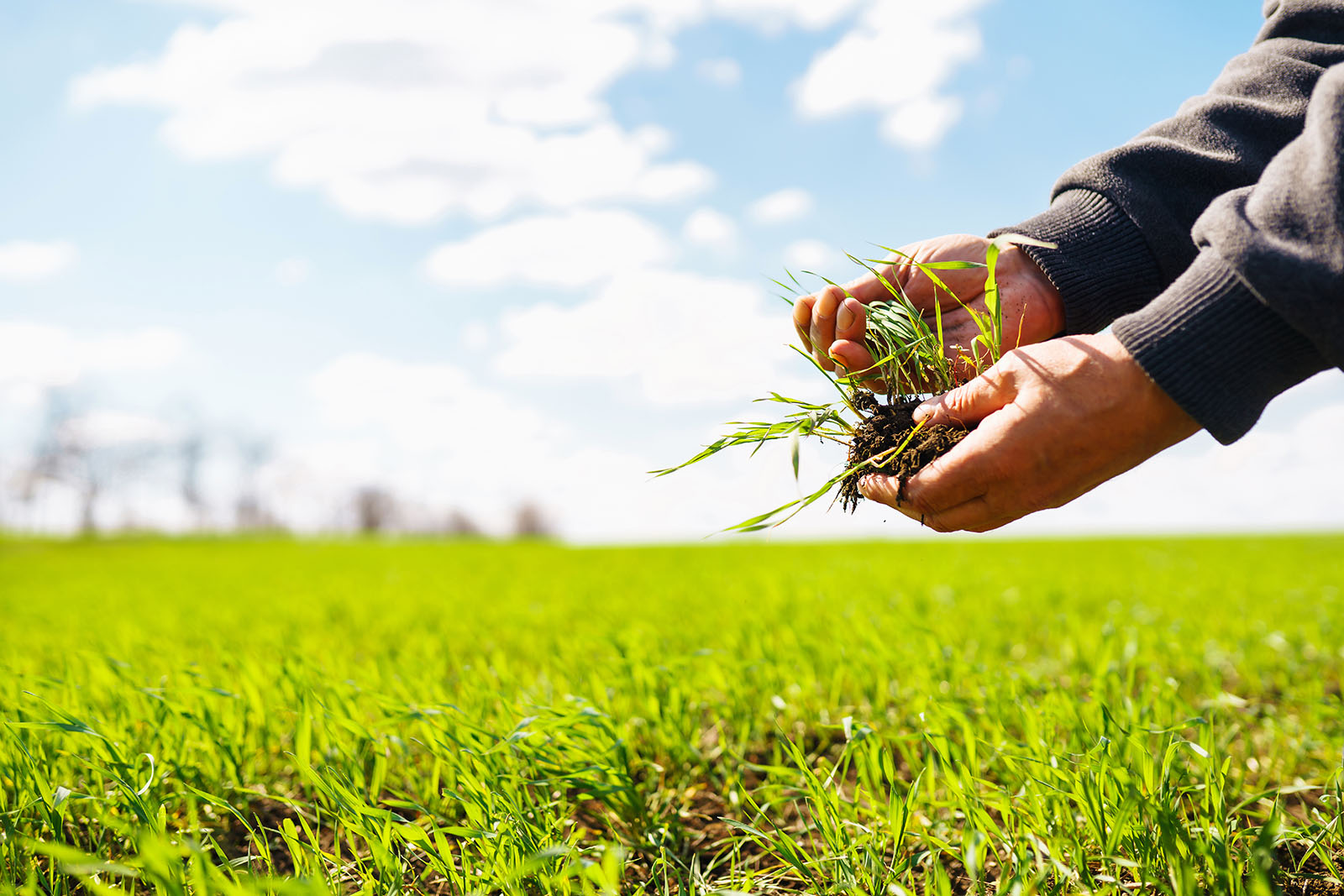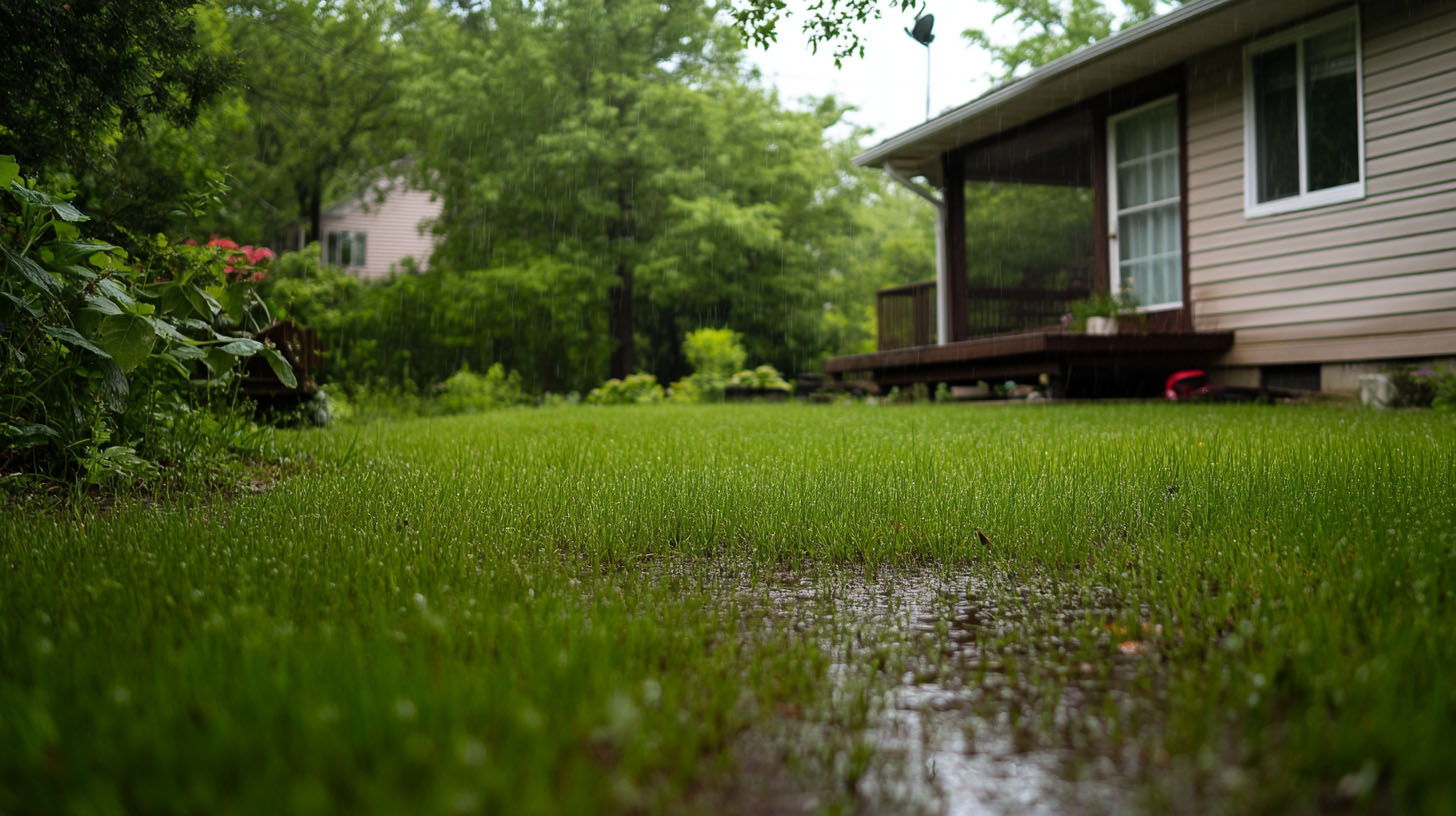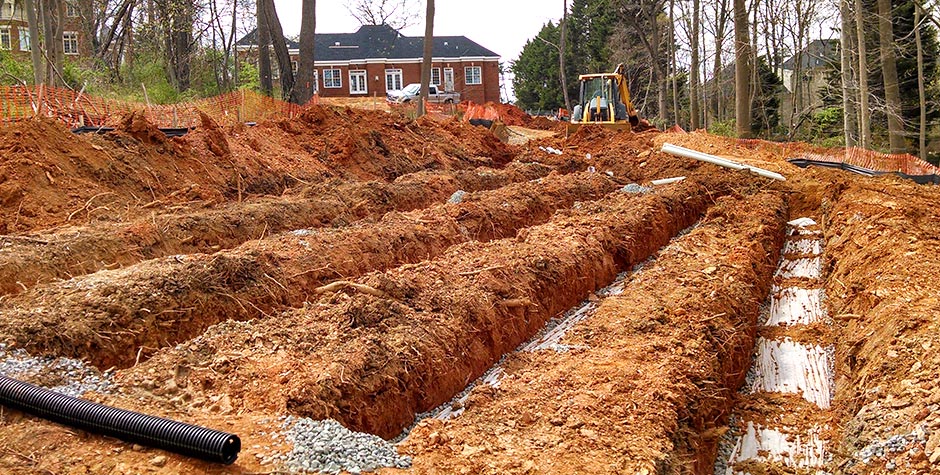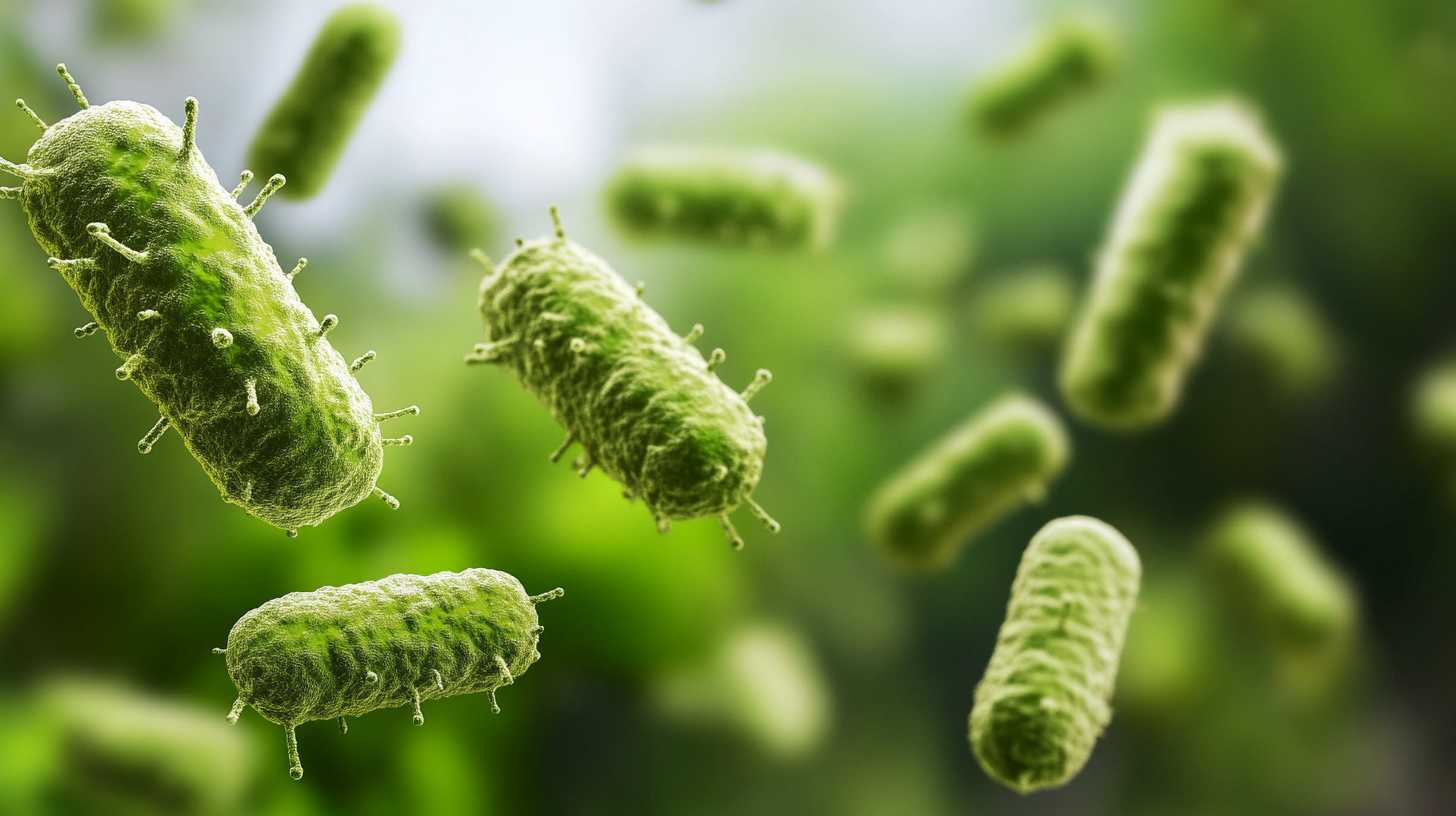Dead Grass Over Septic Tank? (It’s A Good Sign)
Ever noticed a patch of brown grass right above your septic tank and wondered what’s going on? Don’t worry – it’s pretty normal and is actually a good sign!
That dead grass is telling you your septic system is doing its job.
In this post, I’ll explain why there’s dead grass over septic tanks, and things you can do about it.
And I’ll also give you a quick rundown of when you should be concerned.
Why Is Grass Above Septic Tank Dead?
The grass over your septic tank dies because the soil there is usually thinner than the rest of your yard, and when the weather gets hot and dry, that thin layer of soil dries out fast.
Plus, the tank underneath is doing its job, breaking down waste, which creates heat.
Your grass can’t handle all this stress and dies.
But guess what? This means your septic system is working just fine!
The drain field is absorbing the wastewater and filtering it into the soil, just like it’s supposed to. So while it might not look great, it’s a good sign.
Also Read: Septic Tank Baffle Clog
What To Do About Grass Dead Over Septic Tank?
Now, you might be wondering what to do about this not-so-pretty patch in your yard.
Unfortunately, there’s nothing much you can do. Here’s what I recommend:
1. Don’t Water The Dead Grass
I know it’s tempting, but watering that brown patch is the worst thing you can do.
Your septic system relies on the soil around it to filter and absorb the wastewater. If you start watering the area, it can mess with your leach field’s ability to soak up wastewater.
Plus, too much water can lower the oxygen in the soil, which is important for the tiny organisms that help break down waste in your septic system.
All that water could lead to your system failing, and trust me, that’s a headache you don’t want.
2. Don’t Add Topsoil Over The Tank
You might think adding more soil or compost over the leach field might seem like a solution to give grass roots more room to grow, but it’s not a great idea either.
More soil means less air for the tiny organisms in your septic system that break down waste.
Also Read: Can you cover septic tank lids?
Those hard working microbes need oxygen to do their job, and a thicker layer of soil makes it harder for them to get it.
This could also lead to system failures.
So resist the urge to “fix” the problem with more dirt.
3. Be Patient
The best thing to do? Just wait it out.
When the weather cools down or you get some rain, that grass will bounce back. It’s totally normal for this area to go through phases.
I know it’s not easy to look at a brown patch in your otherwise green lawn, but patience really is key here.
If you just can’t look at it, there are some permanent solutions (more on this later).
4. Avoid Heavy Traffic
Try not to walk in this area too much, and definitely don’t park your car there.
Packed-down soil makes it harder for your septic system to do its thing.
Your septic system needs loose, well-aerated soil to function properly. When you walk or drive over the area, you’re compacting the soil, which can cause all sorts of problems.
So try to keep foot traffic to a minimum.
Permanent Solutions
Here are some solutions to avoid dead grass over septic tank for good:
Try A Different Grass
Think about planting things that don’t need much water or care.
Plants with shallow root systems that don’t need much water are your best bet. Ornamental grasses, black-eyed Susans, and catmint are all good options.
They’ll look nice without interfering with your septic system.
Just remember, this isn’t the place for your tomato plants or herb garden.
You don’t want to risk contaminating your food with bacteria from the septic system.
Soil Amendments
Adding some peat moss to the soil can also help.
Peat moss is like a sponge for your soil. It helps retain moisture without waterlogging the area, which is exactly what you want over your septic system.
Mix it into the top few inches of soil, and it’ll help your grass stay greener during dry spells.
Just don’t go overboard – a little goes a long way.
Other Ground Covers
If grass just won’t grow there, no worries.
There are other plants that might do better and still look nice like creeping thyme or sedum.
These plants are tough, don’t need much water, and can handle the stress of growing over a septic tank. Plus, they can add some nice variety to your yard.
Artificial Turfs
If you want a green lawn without all the hassle, artificial turf could be the way to go.
Today’s fake grass looks pretty real and solves the problem of dead patches over your septic tank. But when you install it, make sure water can still drain properly around your septic system.
It costs more, but it can be a long-term fix that looks great all year with minimal work.
Plus, you’ll save on water and lawn care over time.
Hardscaping
You could turn that problem area into a useful outdoor space by adding hardscaping elements like a small patio or seating area over the septic tank.
But you need to use materials that let water pass through so it can drain properly and you can still access the tank when needed.
Also Read: Is Rid X safe for septic systems?
For example, a patio made with permeable pavers,
Or maybe a gravel area, or a small deck if it works for your space.
Just make sure to talk to a septic pro first to make sure your design won’t interfere with how the system works or make it hard to access for maintenance later on.
When You Should Worry About Dead Grass
Here are some situations when you should be concerned about dead grass above septic tank:
Lush Green Grass

If you see super green, lush grass over your septic area, that might actually be a problem.
I know, it seems counterintuitive, right? You’d think green grass would be a good sign.
But if you’ve got a patch of grass over your septic area that looks like it belongs on a golf course, it might mean your system is leaking nutrients into the soil.
This happens when the system isn’t draining properly and wastewater is seeping out.
If you notice this, it’s time to get your system checked out.
Persistently Dead Grass
If the grass over your septic tank stays dead even after the weather improves and the rest of your lawn recovers, you might have a problem.
It could mean your septic system is constantly leaking or not working right.
Give your lawn plenty of time to recover and see if it’s still dead over the septic area
If it is, think about getting a pro to inspect your system for any underlying issues.
Expanding Dead Patches
Keep an eye on that dead grass area. If it starts getting bigger, it’s time to pay attention.
A bit of browning right above the tank is normal, but if the dead zone is growing, your septic system might be having issues.
It could mean your system isn’t filtering and spreading out wastewater like it should.
This could lead to wastewater going beyond where it’s supposed to, potentially messing up more of your yard. If you notice this happening, it’s a good idea to get a septic pro to check things out.
BTW check out our Septic inspection service.
Wet Or Soggy Areas

If you see dead grass and the ground is wet or soggy, especially when it hasn’t rained, that’s not good either.
This usually means the wastewater isn’t being absorbed and filtered through the soil properly, making the surface too wet – it’s a sign your septic system might be leaking.
If you spot these wet areas when it’s been dry, get your system checked out soon.



